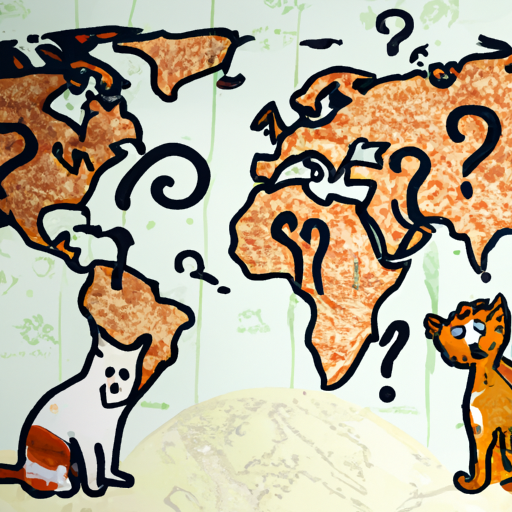It’s a topic that often stirs up emotions and controversy: the consumption of cats and dogs in some regions across the world. This practice, which might seem unusual or even shocking to many, is deeply rooted in cultural traditions and socioeconomic factors. Let’s dive deep into understanding what countries eat cats and dogs, why they do it, and the ongoing debates about this practice.
Table of Contents
- Countries where Cats and Dogs are Consumed
- Historical and Cultural Context
- Current Legal Status
- The Controversy and International Influence
- Frequently Asked Questions
Key Takeaways
- Cat and dog meat consumption is prevalent in certain Asian countries due to historical and cultural traditions.
- The legal status of consuming these animals varies across the globe.
- International influence, animal rights activism, and evolving cultural values are challenging these practices.
Countries where Cats and Dogs are Consumed
In several countries, mainly in parts of Asia, consuming cat and dog meat is not uncommon. The reasons for this range from tradition and taste preference to perceived health benefits.
China is perhaps the most well-known, with the Yulin Dog Meat Festival drawing international attention and criticism annually. Here, thousands of dogs (and some cats) are slaughtered and served in a variety of dishes.
South Korea is the only country that farms dogs for meat on a large scale. It’s estimated that around 2 million dogs are reared on these farms every year.
In Vietnam, both dogs and cats are consumed, often seen as a way to celebrate, or as a part of traditional medicine.
Indonesia also has a market for cat and dog meat, especially on the islands of Sulawesi and Java.
Historical and Cultural Context
The consumption of dog and cat meat in these countries has a long history, often rooted in survival during times of war and famine. Over time, these practices evolved into cultural norms, with some communities attributing certain health benefits to the consumption of these meats.
In China, for example, dog meat is believed to have warming properties and is often consumed during winter, while cat meat is popular in southern provinces. South Korea has similar beliefs, with dog meat often consumed in a soup called ‘bosintang’ to beat the summer heat.
Current Legal Status
The legal status of consuming dog and cat meat varies worldwide. In most Western countries, including the United States and Europe, the practice is either explicitly illegal or not practiced due to societal norms.
In Asia, the status is more complex. In 2020, China made significant strides by declaring dogs as pets rather than livestock, effectively banning the dog meat trade. South Korea has seen a similar trend, with a city court ruling in 2018 that killing dogs for meat is illegal. However, the practice is not completely eradicated, and enforcement of these laws remains a challenge.
The Controversy and International Influence
International animal rights organizations, such as Humane Society International, have long campaigned against the consumption of cats and dogs in these countries. These efforts, coupled with changing societal attitudes, especially among younger generations, are slowly leading to changes.
In South Korea, for example, pet ownership has soared, and many younger Koreans are turning away from the tradition of consuming dog meat. Similarly, in China, pet ownership and animal welfare activism are on the rise, challenging the practice.
Yet, it’s essential to remember that these practices are deeply ingrained cultural norms and not simply a matter of personal preference. Thus, the shift away from consuming cats and dogs is likely to be gradual.
Frequently Asked Questions
1. Is it illegal to eat cats and dogs?
The legality of consuming cats and dogs varies worldwide. In many Western countries, it’s illegal or not practiced due to cultural norms. In some Asian countries, laws are changing, but enforcement remains a challenge.
2. Why do people eat cats and dogs?
The reasons are varied, including tradition, taste preference, perceived health benefits, and, in some cases, survival during times of famine.
3. Are attitudes changing towards eating cats and dogs?
Yes, particularly in younger generations and with increasing pet ownership. International campaigns against this practice are also influencing attitudes.
While this topic may be uncomfortable for some, it’s important to approach it with an understanding of cultural context and respect for diverse practices. At the same time, the increasing focus on animal welfare and rights is a significant development that is likely to shape these practices in the future.
For further insights into pet ownership and animal welfare, check out these resources on OneTopDog:



